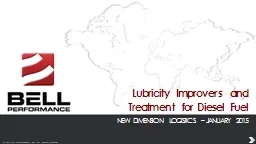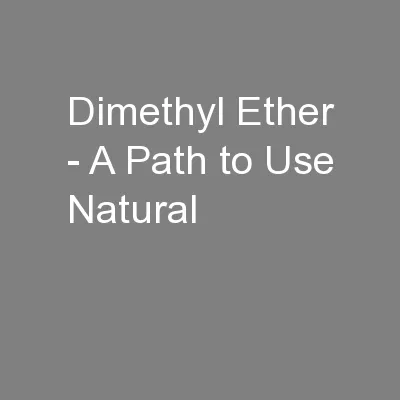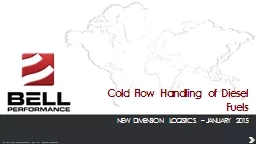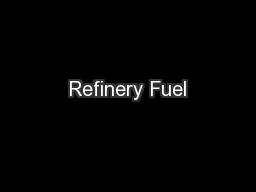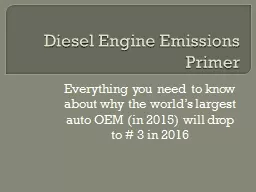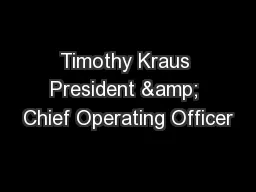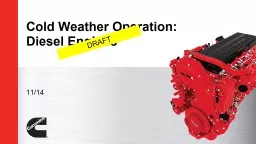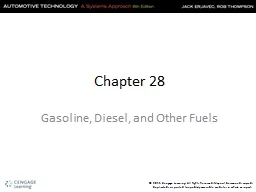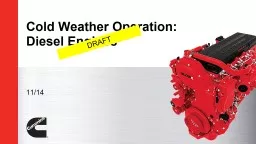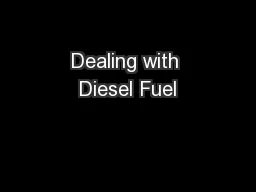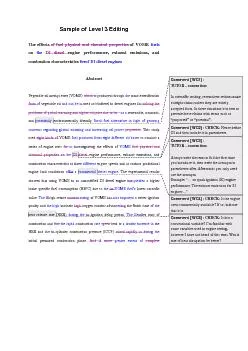PPT-Lubricity Improvers and Treatment for Diesel Fuel
Author : alida-meadow | Published Date : 2016-05-10
NEW DIMENSION LOGISTICS JANUARY 2015 What We Will Cover Here Lubricity improvers and how they work Regulations amp standards governing their need in fuels Options
Presentation Embed Code
Download Presentation
Download Presentation The PPT/PDF document "Lubricity Improvers and Treatment for Di..." is the property of its rightful owner. Permission is granted to download and print the materials on this website for personal, non-commercial use only, and to display it on your personal computer provided you do not modify the materials and that you retain all copyright notices contained in the materials. By downloading content from our website, you accept the terms of this agreement.
Lubricity Improvers and Treatment for Diesel Fuel: Transcript
Download Rules Of Document
"Lubricity Improvers and Treatment for Diesel Fuel"The content belongs to its owner. You may download and print it for personal use, without modification, and keep all copyright notices. By downloading, you agree to these terms.
Related Documents

